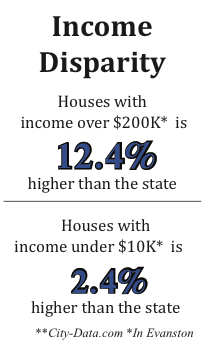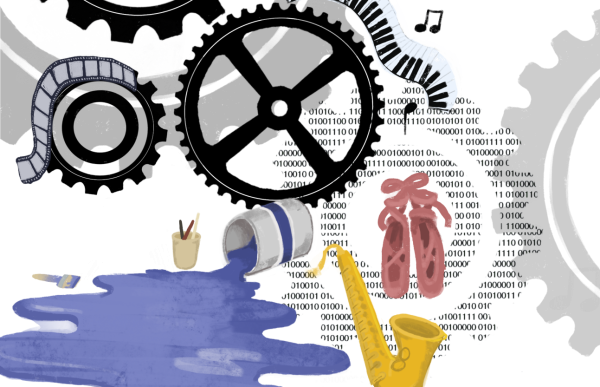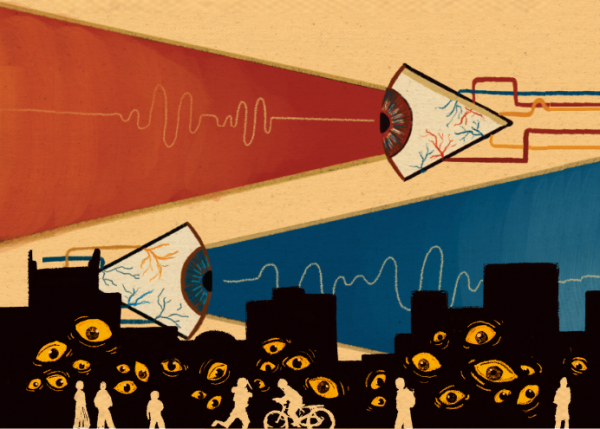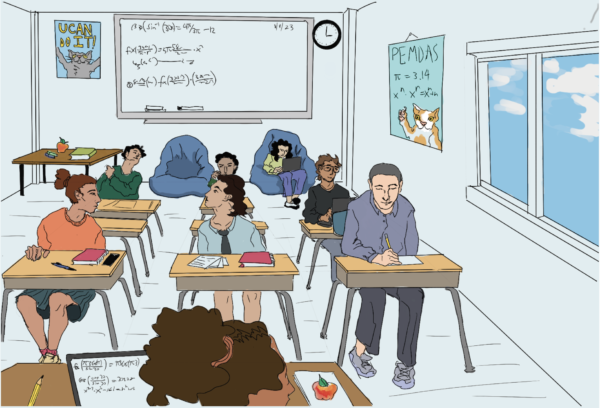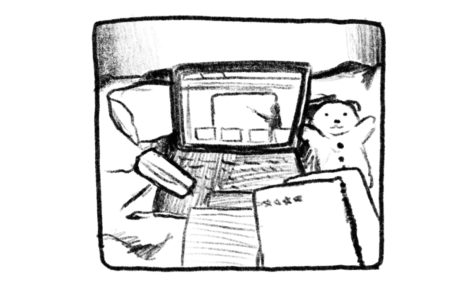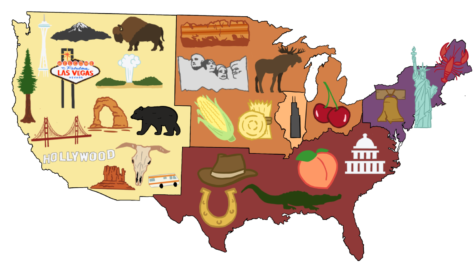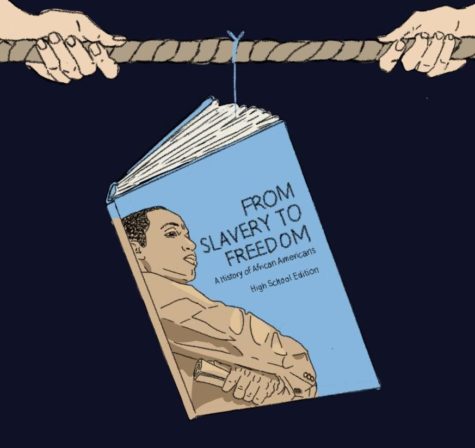Income inequality
Education gap persists between rich and poor
November 21, 2017
A tale of two cities.
Evanston’s income inequality translates into classrooms at a higher rate than the rest of Illinois, creating a severe academic divide between different socioeconomic classes.
“Income inequality plays out in the college access and college success arena,” executive director of Evanston Scholars Steve Newman says. “There are financial barriers to getting to and through college.”
The percentage of households in Evanston with an income of less than $10k and percentage of households with an income of more than $200k both exceed the rate of such households in the rest of Illinois. We have many students of extreme low and high earnings, rather than a uniform display of income.
According to Illinois Report Card, 23% of low income students at ETHS met what the SAT considered to be an “adequate understanding,” whereas 75% of non-low income students met that threshold.
The correlation between income and academic performance is clear. Those who fall within the middle-upper class have more opportunities to invest in their future.
As schooling becomes increasingly competitive, there is more focus on ensuring academic success. Such success is typically attainable through spending money to get ahead, or at least to maintain a standard level. One example is prep courses and tutoring for tests like the ACT and SAT.
Many believe that standardized testing perpetuates the notion that people with money will inevitably have better scores.
“There are many opportunities for students to get test prep for free, but I don’t think that those are as helpful as the prep that people pay for,” junior Kimmy Jolie says. “Costly prep is individualized and caters to each student.”
This proves to be true. Prep classes, which typically cost hundreds of dollars, are known to raise test scores a significant amount. Courses like The Princeton Review guarantee a higher score or else you will get your money back. This specific company will charge up to $1,000 depending on the course. “I had one tutor and it was for the ACT,” an anonymous senior says. “My English score went from a 29 to a 35. I ended up only taking the test once, I’m happy with my score.”
Inequality within standardized testing is just a drop in the bucket. Test scores act as one of the many inequalities that play a role in getting into college, but economic and educational disparity is still apparent in and after college as well.
Income has begun to play a role in the success rate throughout college. Evanston Scholars reports that only 34% of low income students attend college, compared to the 83% of high income students. There is an 80% college drop out rate for low income students.
In spite of this, various organizations have been put in place to support low income students in preparing for college. Evanston Scholars assists first generation students, students of color and students who receive free/reduced lunch.
According to Newman, Evanston Scholars “[offers] consistent layers of support and personal relationships and provides knowledge and guidance in a very complicated college admissions process.”
Despite these efforts, income inequality is still prevalent within ETHS. More money means more opportunities. While success always has and always will be heavily based off of talent and effort, it is becoming clear that the opportunities that we are given also play a large role in our future lives.
“College is the most important tool for social mobility and for generational change,” Newman says. “This is such a crucial time to alter trajectories for young adults and families. Everyone should have the opportunity to go to college.”


